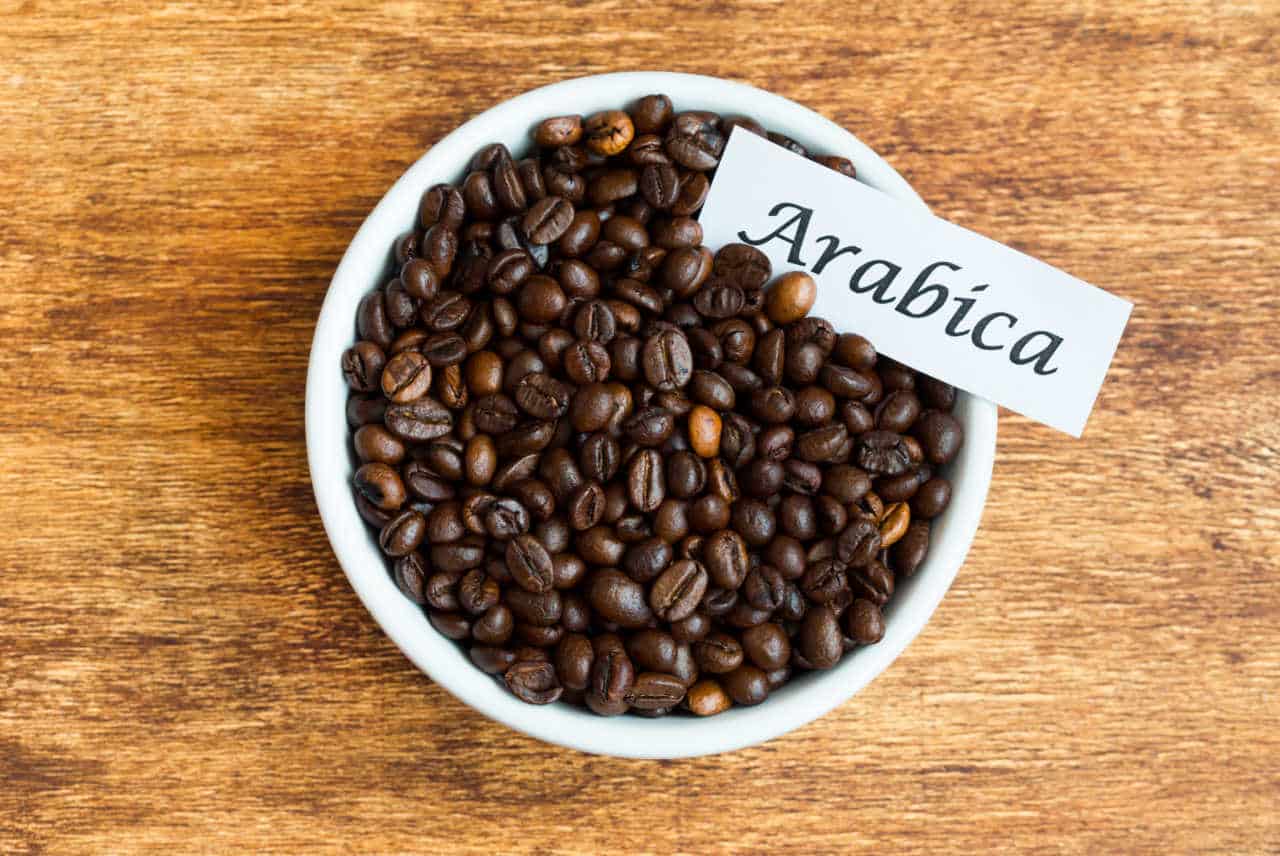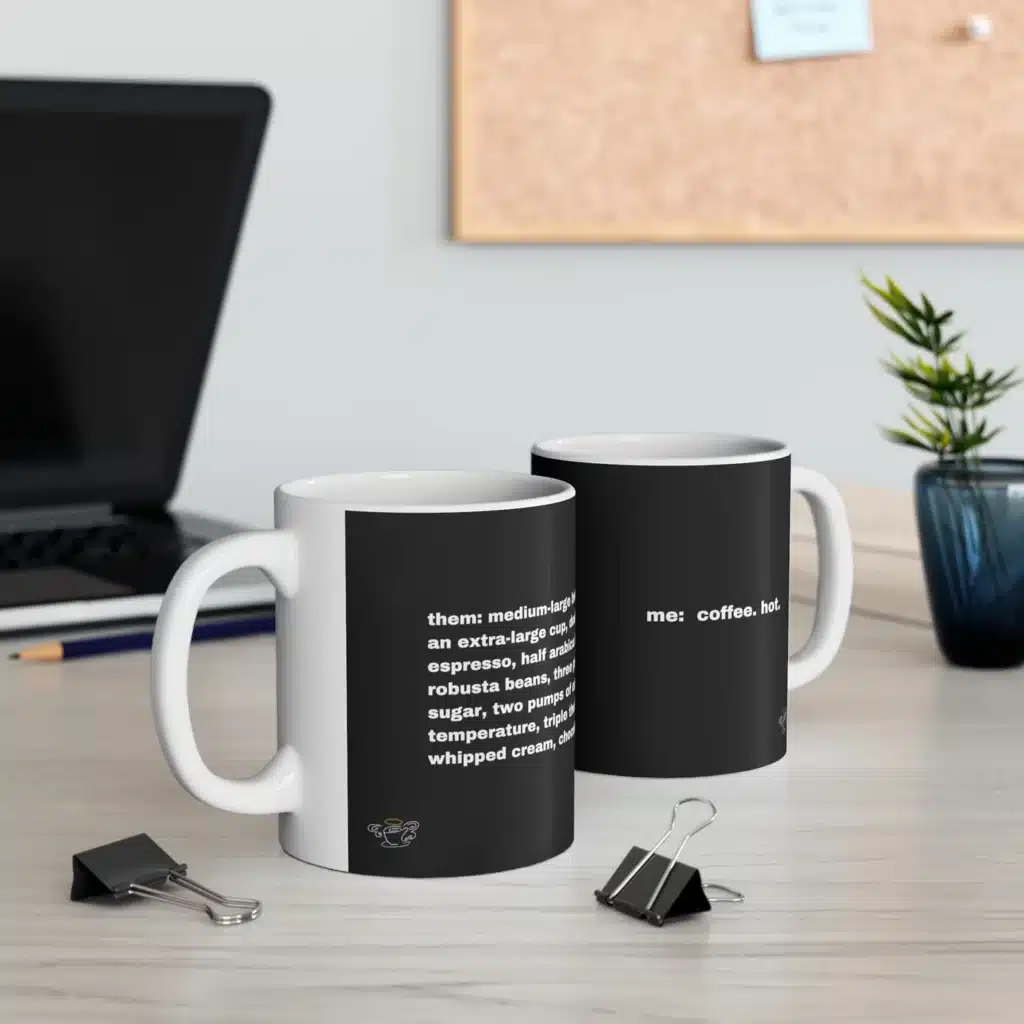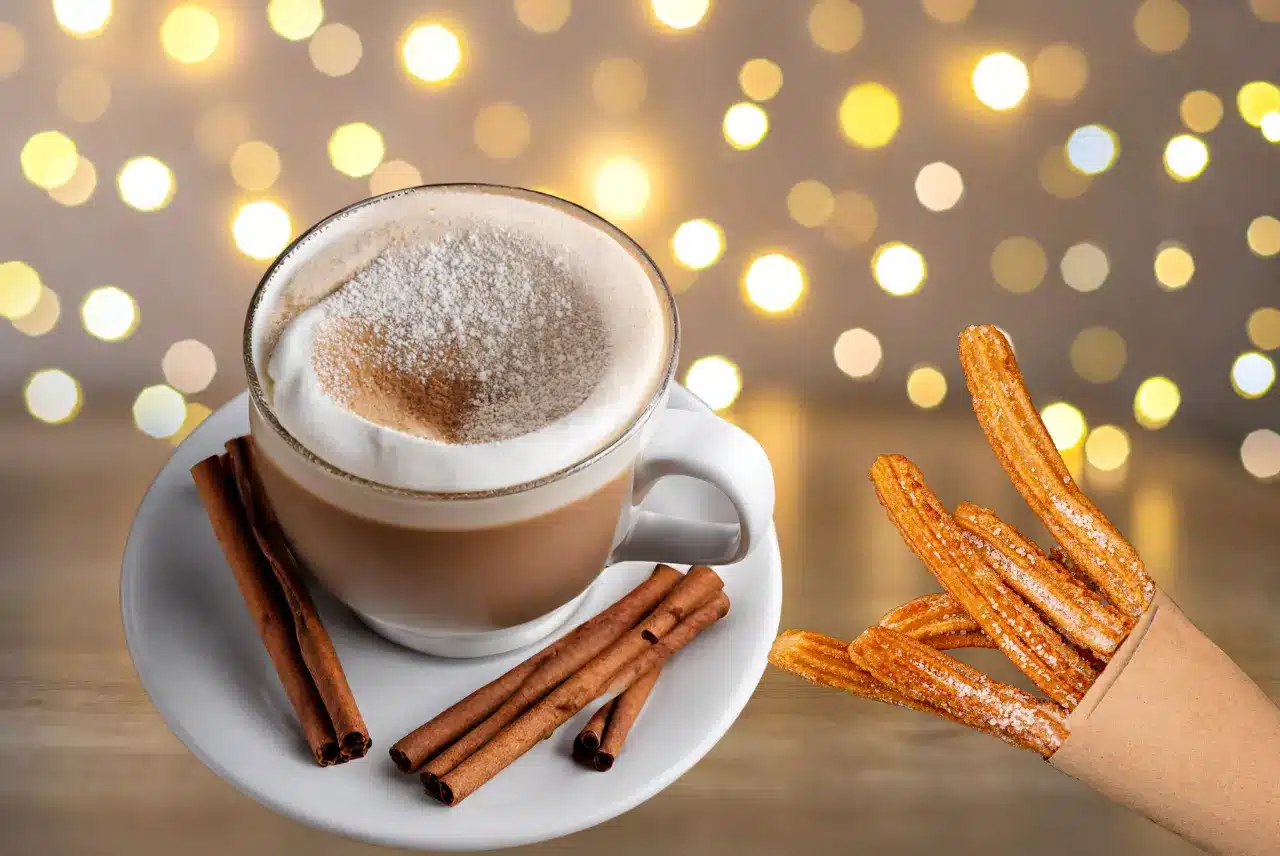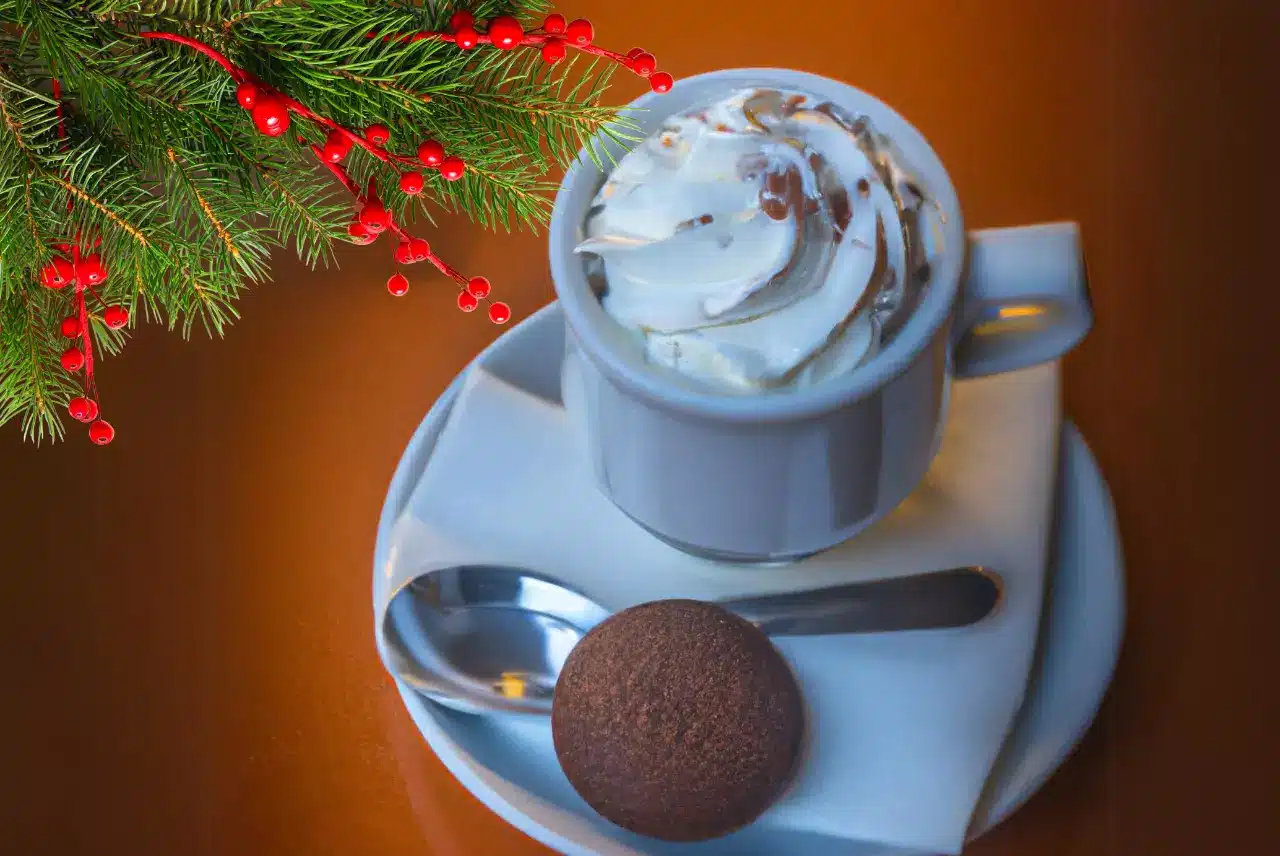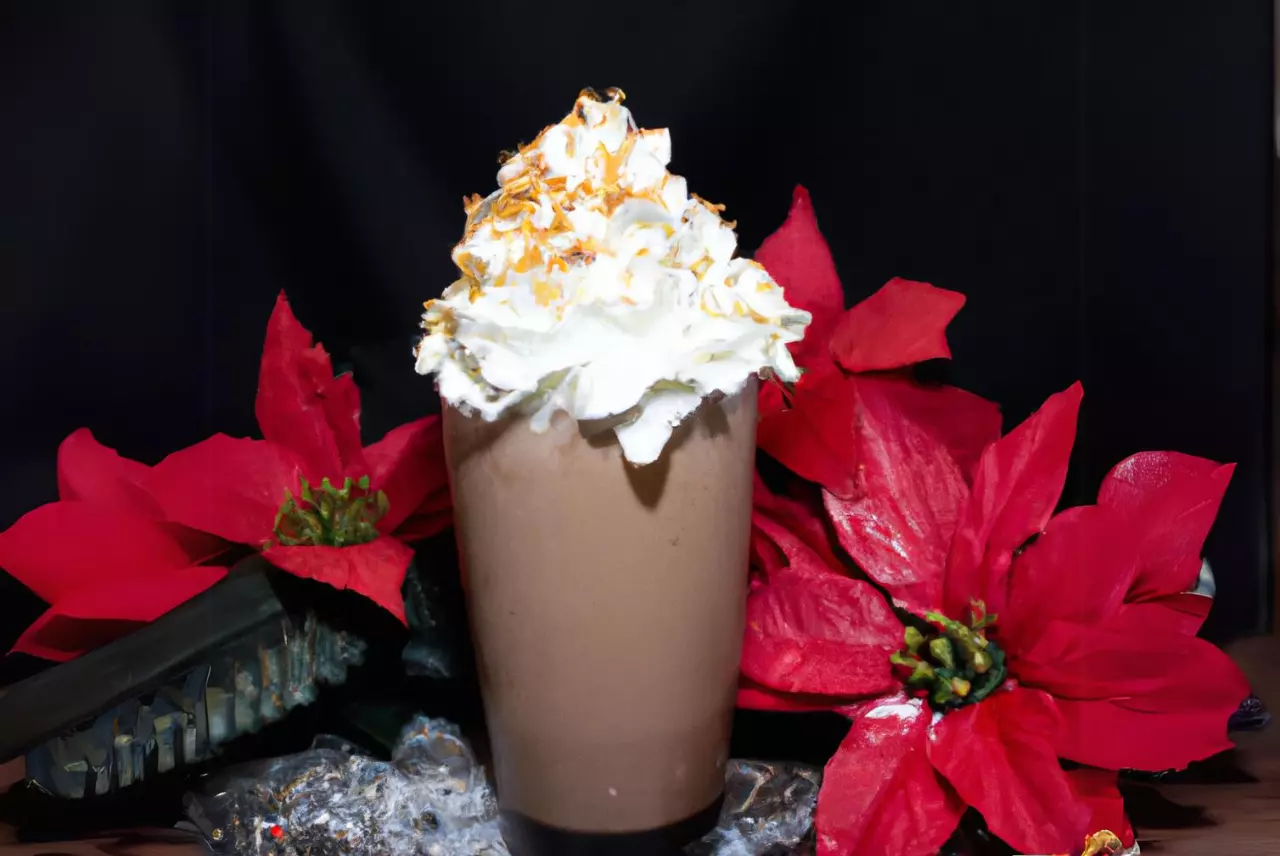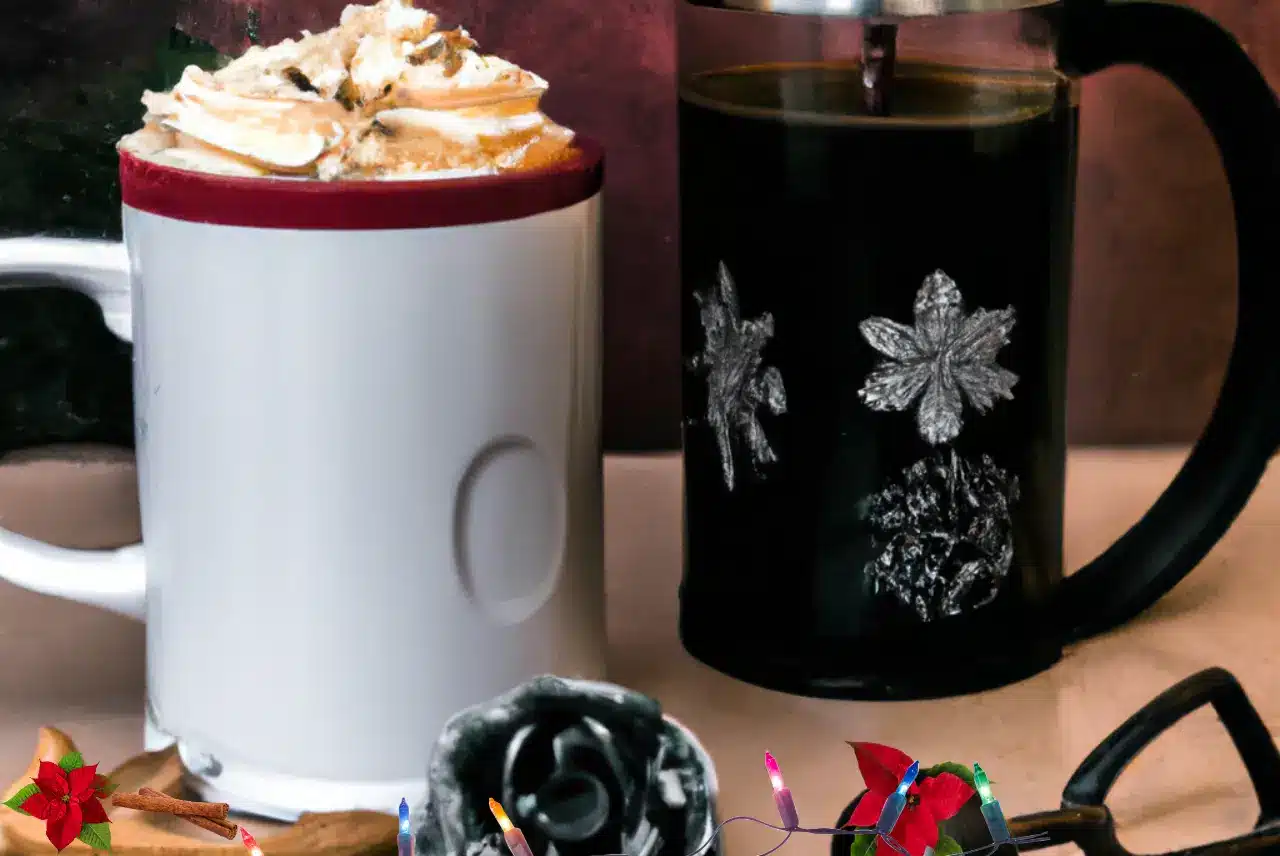Arabica coffee, robusta beans, crema, immersive coffee making, red eye, black eye, froth, misto – coffee isn’t just coffee anymore. There are so many buzzwords and terms that it can be challenging to keep up with everything. Fortunately, you have us, and we’ve got you covered.
We won’t keep you hanging with all kinds of flowery lead-in text. Instead, let’s get right into the subject of arabica coffee or arabica beans. Give us three minutes, and you’re an expert!


What is Arabica Coffee?
Arabica beans are the most prevalent and consumed in the world. They account for about 70% of all coffee production. So, we’re not talking about some obscure bean here. You’ve tasted arabica if you have a drip coffee maker, a Keurig, or love Starbucks.
Where are the beans grown?
The beans are from the species Coffea Arabica, a plant that grows up to 12 feet high. This particular plant was first cultivated in Ethiopia, still a significant producer along with Colombia and Brazil.
Higher altitudes are best for arabica, as it’s more flavorful when grown in cooler temperatures. The lower temps slow things down, so the flowers have more time to mature, leading to a richer taste.



How does arabica coffee taste?
Arabica beans tend to be fruitier, with berry, citrus, and chocolate notes. Remember, though, that your grounds must be fresh to enjoy the best taste possible. If you buy whole beans, wait until you’re ready to use them before you put them in the grinder, and be sure to keep them in a cool, dry place.
Have you ever brewed a cup and found it tangy or bitter? Then, you need to pour a bit more love into your beans!

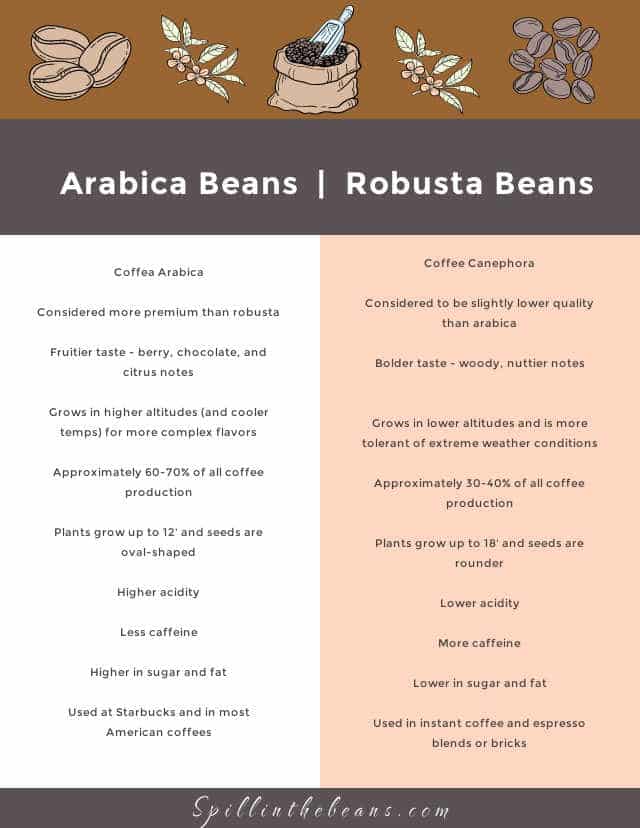

Arabica vs. Robusta
The best way to understand arabica coffee is to compare it to its counterpart – robusta. There are technically four types of beans: arabica, robusta, liberica, and excelsa, but the latter two are extremely rare. So, whenever coffee enthusiasts discuss beans, it’s typically a debate about arabica vs. robusta.
Robusta beans come from the Coffea Canephora plant, with origins in Africa. It’s also grown in Indonesia, Vietnam, and India, but Vietnam is one of the largest robusta producers.


Does arabica coffee taste different than robusta?
Yes!
Arabica is more widely used. You’ll find it in American coffee (no, not Americano – but American), and it’s ideal for milk-based coffee beverages. Robusta is a less expensive alternative used in instant coffee and espresso blends (think an espresso brick at the grocery store).
While arabica has lighter, fruity notes, robusta is bolder. It’s woodier and nuttier.
Sugars and fats
One of the reasons why arabica is also often preferred is because it’s higher in sugar and fat than robusta. Those little robusta beans might pack a punch with caffeine and a “robust” flavor, but the coffee is less acidic, isn’t as sweet, and has 60% less fat.
Bean comparison
There’s no significant difference in appearance between robusta and arabica beans, but you probably can tell them apart.
Robusta beans are rounder, whereas arabicas are more oval-shaped.


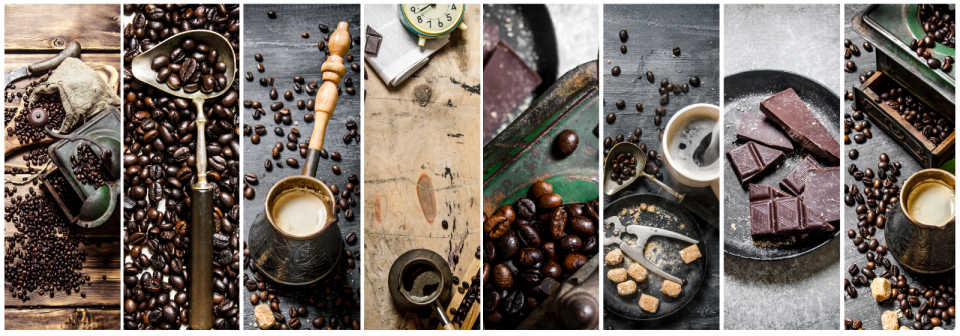

A Few Little Tidbits About Arabica Beans
1. They’re the world’s most widely grown coffee variety, accounting for 70% of global coffee production.
2. Beans are grown in higher altitudes (up to 6500 feet above sea level) and have a more complex flavor profile than their Robusta counterparts.
3. Arabica beans have higher sugar and lower caffeine content than Robusta beans.
4. Coffee brewed with arabica beans has a distinct fruity flavor with berry, citrus, and chocolate notes.
5. They’re more expensive than Robusta beans due to the more difficult growing conditions. Coffea Arabica is grown on mountainsides or higher elevations, as the cooler climate produces better-tasting seeds.


